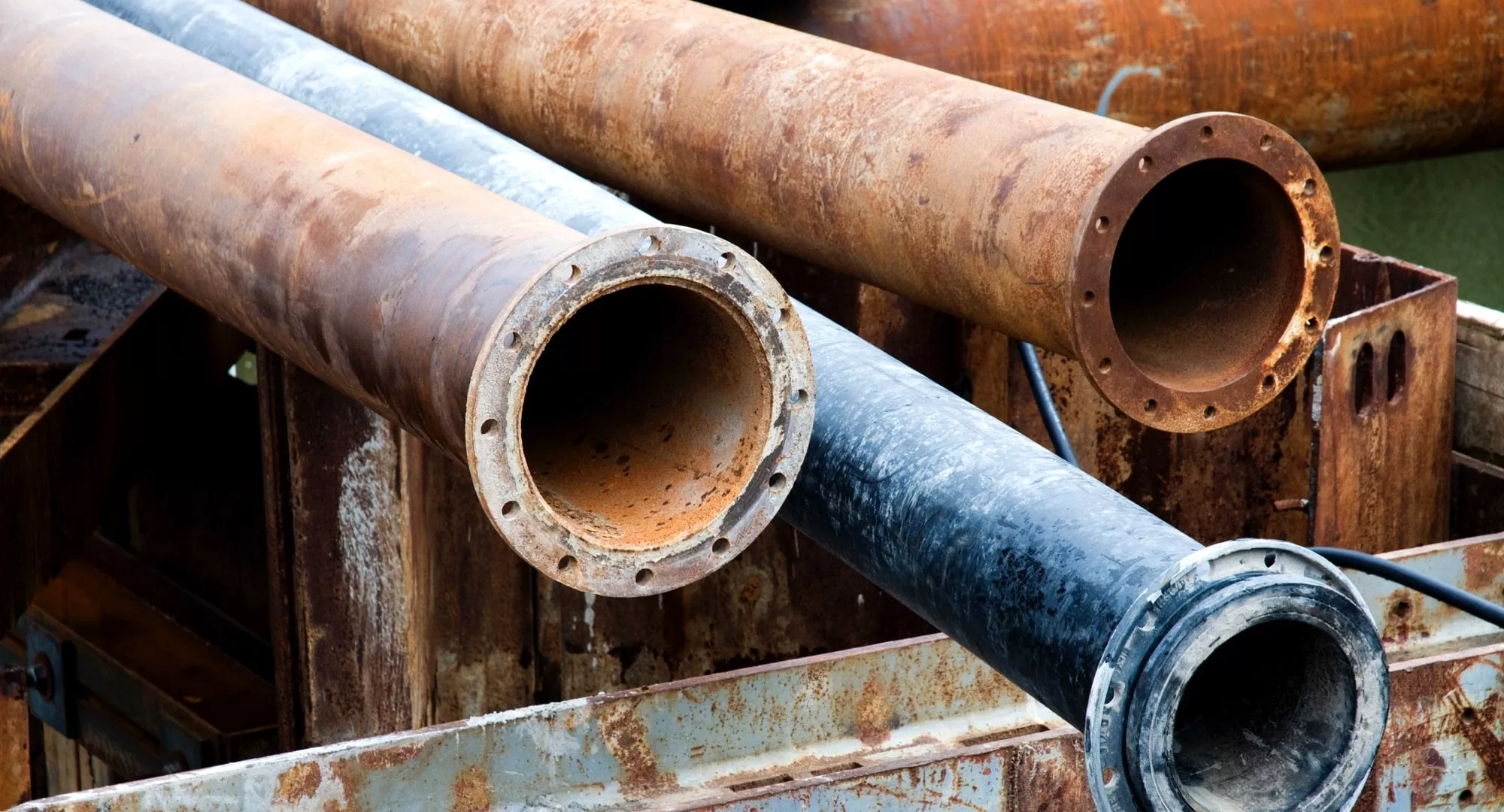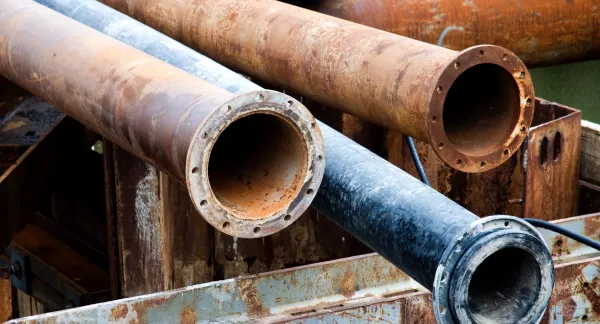
Processes Controlling the Development of Effective Lead Corrosion Control with Orthophosphate
Abstract
This project provides new scientific insights into the addition of orthophosphate for corrosion control that will enable efficient application of phosphate to control both dissolved and total lead concentrations in water. Laboratory-scale experiments were performed for two scenarios to further investigate the impact of orthophosphate addition on lead release. One scenario was the addition of orthophosphate to water in pipes that have scales containing lead(IV) oxides (PbO2) before and after the residual disinfectant is switched from free chlorine to chloramine. The other scenario was the addition of orthophosphate to water in pipes at a higher pH (~10.3) than that for which orthophosphate is typically used (i.e., pH 7.2-7.8). The project was funded through a Memorandum of Understanding between WRF and the National Science Foundation (NSF). Published in 2019.

